Korea is so mountainous that if you stretched the blanket covering its surface and flattened it, you could cover all of China with that sheet. It would take some effort to actually verify this claim but that is besides the point. China could play the same game but that would be disastrous for aspiring mountaineers who plan to claim the world's tallest peaks only to find teenagers in T-shirts, shorts and sneakers listening to their iPods on Everest. Even ranking nations by surface area has now become a perilous exercise.
As the bus from Sokcho to Pohang (in the south of the country) speeds along the coast, this very antagonism comes into play. The eastern coast of Korea borders what the Koreans call the East Sea, refusing to accept the name that the Japanese have given it, Sea of Japan. One could see maps where the printed name has been blackened and pencilled over. The East Sea.
The Koreans do share the Japanese trait of punctuality. Intercity buses leave exactly at the stipulated time. We misunderstood our driver's answer on how long the bus would stop at a service area for lunch. Thinking it to be 40 minutes, we had endeavored to load up a plate with cooked items from the plant kingdom when we realized that he had meant 40 minutes past the hour as the departure time. This led to a delay of 4 minutes which we are sorry to say was our contribution to the wrecking of his schedule. He took it in good spirit.
We can scarce believe that we were at the ancient capital of Nara just the past Sunday. A week has gone by and we are at another one, Gyeongju. We had to change buses at Pohang and it took less than 5 minutes for us to get off the previous bus (4 minutes late!), buy tickets to Gyeongju and get on another one. 30 minutes later, we got off at one of the loveliest towns you can ever expect to see. "Beautiful Gyeongju" proclaims the city on its walls, but this is a very well deserved boast. History oozes at every street corner and there are more tourist signs than road names at intersections. The important bus stops are adorned with shelters that use the same style of tiled roofs that are found in Korean palaces and temples. They are well signposted in Korean and English.
What we had not learnt in Seoul was the history of Korea preceding the imperial dynasty that had ruled from Seoul (circa 14th Century) that included their greatest hero, King Sejong. But surely, there is more to Korea than that dynasty? To learn about the Shilla kingdom one needs to come Gyeongju. It became the capital of the Shilla kingdom in 57 BC and remained so for 1000 years. They don't go as far as the Egyptians, but left similar burial tombs that are housed in more modest sized mounds but with the same purpose. Unification of the entire peninsula was achieved in the 7th century by King Munmu after he conquered the other two kingdoms, Goguryeo and Baekje. The 120 year old guesthouse that we stayed in was aptly named Sarangche (meaning outer house) as it houses its guests in traditional sarangches while the kitchen and common areas are in the main building (angche). Adjacent to the guesthouse is a large park with various tumulii (burial mounds) of kings and queens from the Shilla dynasty. Visitors can view one of these (Cheonmachong - Heavenly Horse tomb) through an entrance to the burial chamber and see the discovered objects in situ. While the same objects can be viewed in the Gyeongju National Museum, it makes a deeper impression when viewed at the very location where those ancient high personages where buried with precious articles. The diadems were unique in design and almost seemed like flexible gold caps. The tomb itself is 13m high and 47m in diameter and was built during the 5th Century.
The excellent Gyeongju National Museum consists of a series of buildings covering various aspects of the Shilla dynasty. It was great introduction on the specific aspects of Korean Buddhism (imported into Korea via China). Outside the main hall is the Emille Bell which is considered one of the most beautiful in all of Asia for its sound. It is said that it can be heard 3km away if struck in the right way. Admission to the museum is free and there is even an app for smartphones that can be downloaded and used as an audio guide.
The nearby Anapji Pond dates back to 674 AD when King Munmu built it as a pleasure garden to commemorate the unification of the Korean Peninsula under the Shilla dynasty. The buildings burned in 935 but remnants were accidentally discovered during repairs in 1975. The buildings are gone but the pond has been refilled and is a popular spot today.
The Bulguksa Temple and Seokgram Grotto are a short bus ride away from the city and help the visitor view the familiar figures of Avalokiteshwara, Amitabha Tathagatha and other Bodhisattvas and the Buddha as seen through the eyes of Korea. Both are UNESCO World Heritage sites. The Lonely Planet guide even compares the Buddha figure at Seokgram Grotto with a similar one in Mysore, South India. The carpentry and painting work at Bulguksa are regarded highly. The two pagodas inside the Bulguksa temple are revered as national treasures (that somehow survived Japanese vandalism). We had seen replicas at the National Museum the previous day and so were glad to see them in the temple itself.
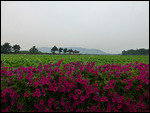
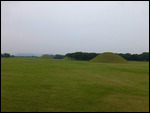
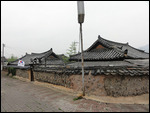
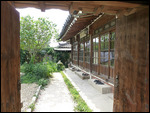
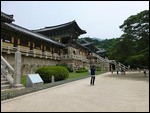
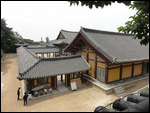
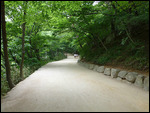
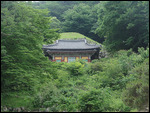

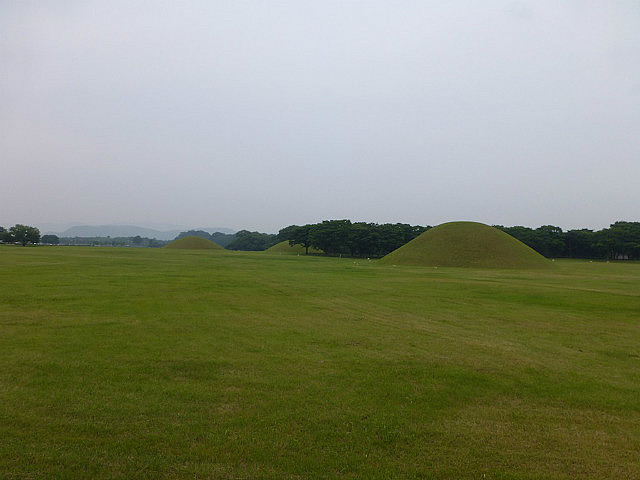
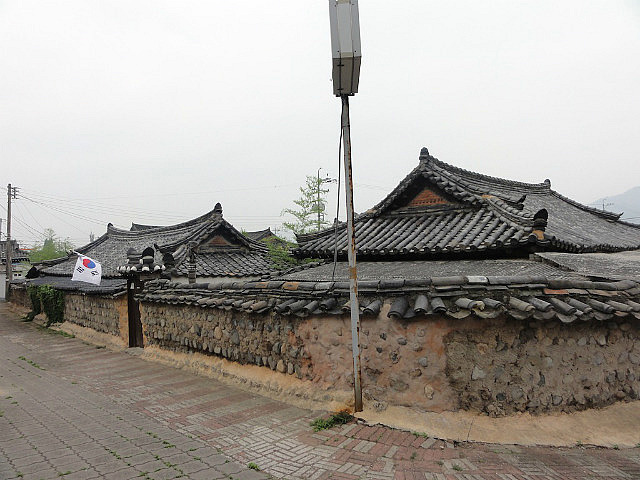



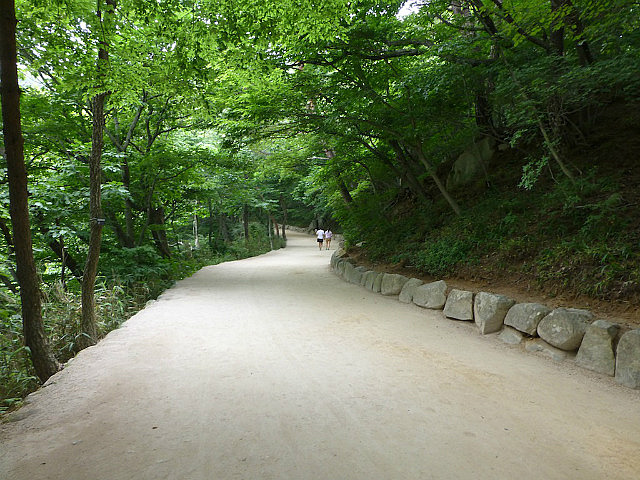
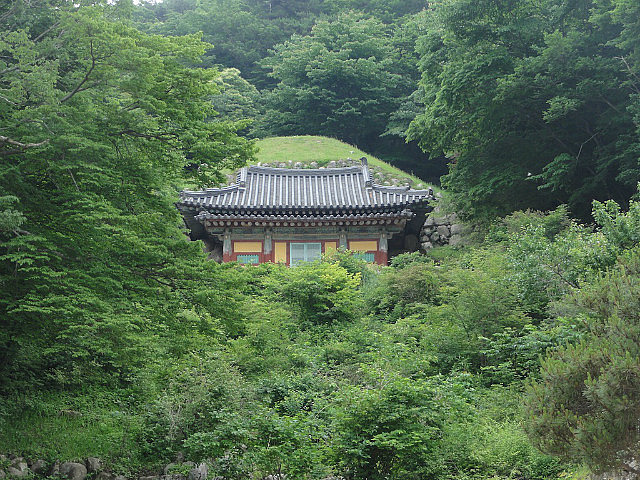
Comments